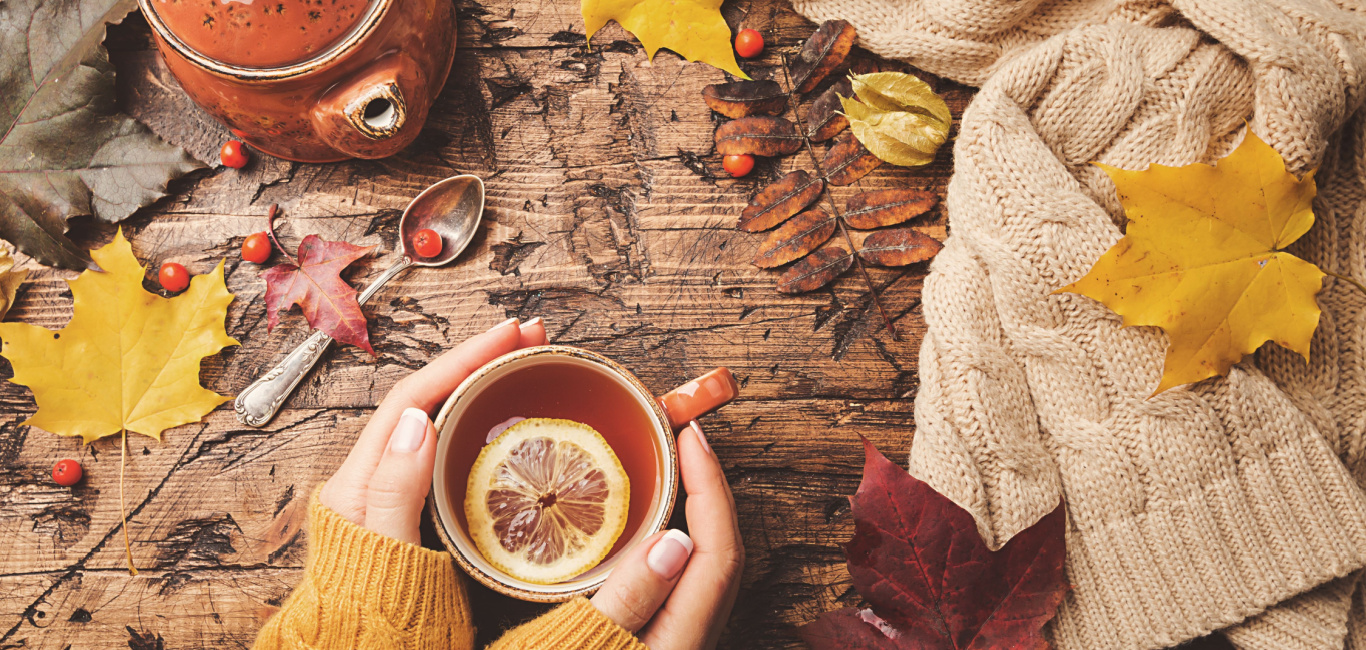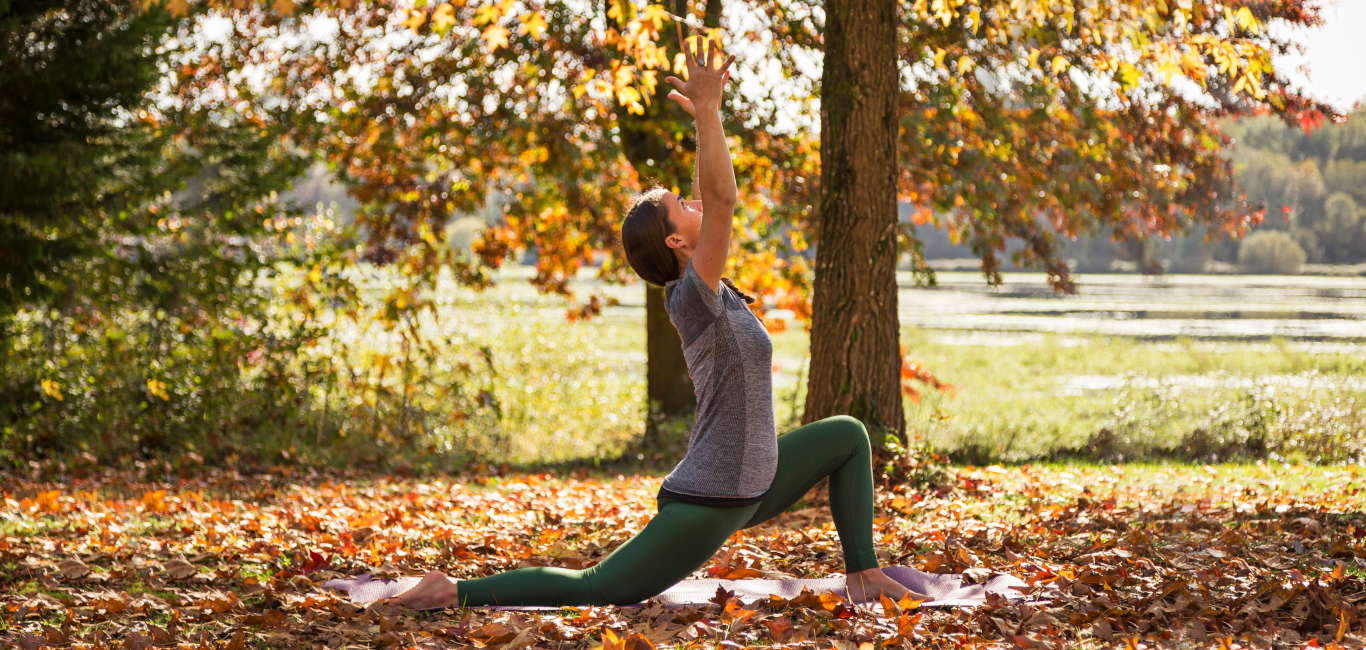
“I am fond of the autumn season for its mild weather. The only downside is that I feel dehydrated, and my skin feels dry,” says Krishnapriya S, 29, an information technology professional from Bengaluru. She makes sure to give the skin and hair some extra attention during this time of the year – a coconut oil hair massage at least twice a week. Krishnapriya may be one of the many people who may be following this routine without knowing that ayurveda prescribed this as autumn care.
Talking about physical exercises, Krishnapriya says, “While I typically avoid high-intensity workouts during the monsoon and post-monsoon periods, I resume my exercise routine in autumn. Moreover, late-evening walks have become my favourite exercise” of the season.
Ayurveda views on autumn
Dr Amrutha S M, naturopathy and yoga consultant at VYOM Health, Bengaluru, says, “Autumn is the season of transition from summer to winter. The human body has the ability to adapt to both the extremities during this period. One must take care to improve the body’s stability during this period.”
Ayurvedic experts interpret the qualities of autumn through the lens of energetics, describing it as the vata season (air element) characterised by attributes such as dryness, roughness, cold and a windy environment. However, pitta dosha or the fire element becomes imbalanced during this time, says Dr Anjana Shyam, ayurveda expert from Thiruvananthapuram.
Autumn illness and ayurveda
The body feels dry, the skin feels rough, and the mind may go adrift during this season. “One may experience dryness, anxiety, irregular sleep, hyperacidity, menstruation irregularity and hot flashes during this time. This is caused due to the imbalance of vata and pitta in the body,” says Dr Shyam.
The recommendation of Dr Shyam and Dr Amrutha is the same: doing yoga, balancing nutrients from foods and making lifestyle changes during this season can support a healthy transition to winter.
Six ayurveda tips for autumn care
Here are six ayurvedic tips to help you balance your health during the season.
Hydration and herbal teas
The season being cool, many of us may neglect drinking sufficient liquids to stay hydrated. It is essential to drink at least a litre-and-a-half of water daily during the season as hydrating the system tackles dryness due to dehydration.
“Reduce the consumption of caffeine and opt for herbal teas, particularly those infused with ginger, liquorice, cumin, coriander, and fennel seeds,” says Dr Shyam.
These herbal teas can promote healthy digestion, provide a sense of warmth and balance your mood, she adds.
Seasonal detoxification
In the autumn season, decreasing energy levels may be attributed to toxins building up in your body, consequently slowing you down. A seasonal cleanse can revitalise the digestive system and address these imbalances.
To start a gentle cleanse, try doing without caffeine, dairy, refined sugar and fast food for a week. In this period, opt for nourishing meals like soups, vegetable-fruit bowls and khichadi (roughly – a spicy Indian porridge made of cooked rice, lentils and some vegetables.)
Drinking warm water with ginger or lemon aids in cleansing and digestive revitalisation. Consider adding bitter herbal ghee to your routine for detoxification benefits.
Nourishing foods
In the vata (autumn) season, the body needs more nourishing foods that usual. Include more oily foods (healthy fats) and warm foods with warming and stimulating spices to stay moisturised within.
Avoid dry, dehydrating, raw foods and nuts that can set in vata tendencies. Prefer to eat more of fruits, ghee, oatmeal, steamed vegetables, healthy grains, soups, stews, non-red meat and eggs. A few foods are recommended to be eaten in moderation – such as garlic, tamarind, chilli, corn, cabbage and green leafy vegetables.
Yoga and meditation
“Optimal yoga practices for the autumn season include vinyasa and ashtanga yoga, which provide rejuvenation for both body and mind,” says Dr Amrutha.
She adds that autumn is an ideal setting for preparing your body for pranayama and meditation, with guided meditation being particularly beneficial.
Include in your routine postures and asanas that strengthen and stabilise the body, enhance flexibility, stretches and twists. Here are a few such:
- The half lord of the fishes pose (ardha matsyendrasana)
- The cobra pose (bhujangasana)
- The revolved triangle pose (parivrtta trikonasana)
- The bow pose (dhanurasana)
- The bridge pose (setu bandha sarvangasana)
- The camel pose (ushtrasana)
- The warrior pose (Veerabhadrasana)
Always conclude your practice with shavasana, a relaxation posture that aids in settling the vata movement and induces calmness and balance.
Nourishing self-care practices
Practise abhyanga or body massage with sesame oil or a herbal oil followed by a relaxing shower. This helps relieve the dryness in the body. Use natural moisturisers. Ayurveda experts also suggest using lotions based on ghee or butter for extremely dry skin during autumn and winter. Consuming a teaspoon of organic ghee daily during this season is also recommended for gut and skin health.
Stay focused
Imbalances in vata and pitta tend to increase during the season. These tendencies may show up in our mental patterns, too, in the form of irritation and anger over small issues, anxiety and overwhelming feelings.
Following an ayurvedic daily routine helps to stay focused; planning ahead and following a routine help us deal with mood swings and anxieties.

















